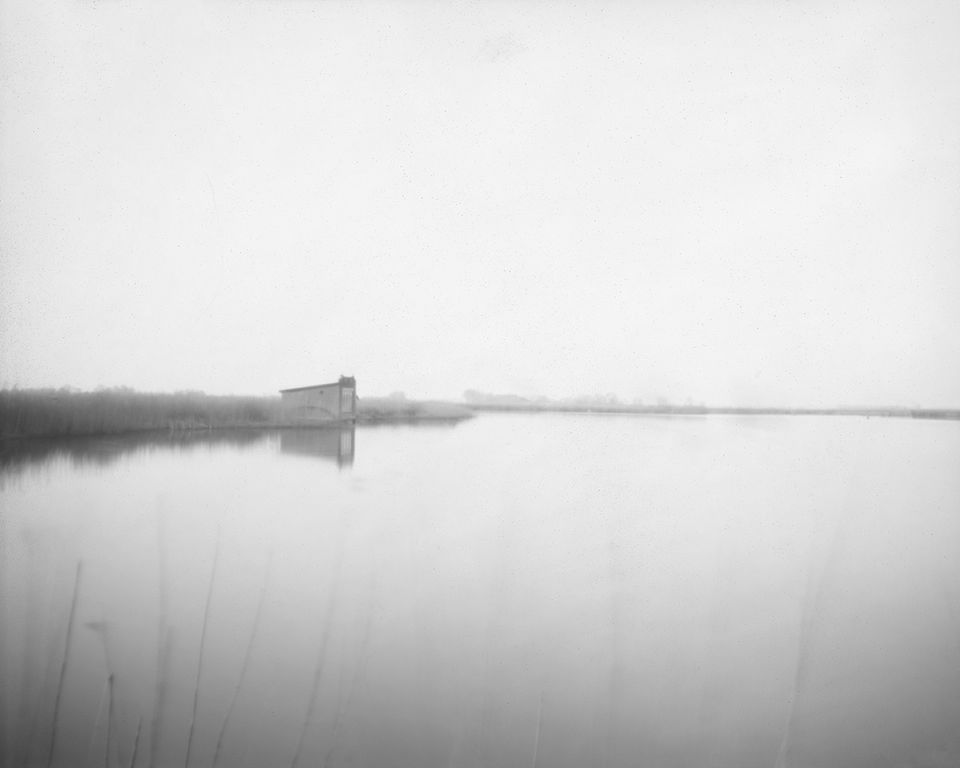Location
705 to 736 of 941 results
-
Ús Wâldhúske
Ús Wâldhúske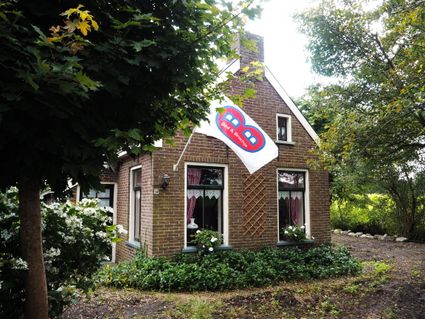 Burgum
Burgum -
Boerderij Groot Kahool
Boerderij Groot Kahool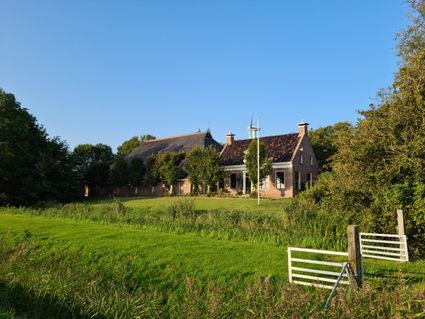 Ferwert
Ferwert -
Franeker (Frjentsjer)
Franeker (Frjentsjer)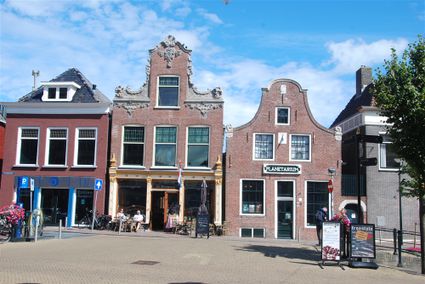 Franeker
Franeker -
Camperplaats Lekkum
Camperplaats Lekkum Lekkum
Lekkum -
Stavoren (Starum)
Stavoren (Starum)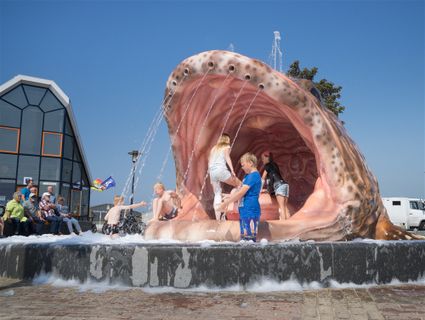 Stavoren
Stavoren -
Kunstwerk Aldtsjerk | Baukje Venema
Kunstwerk Aldtsjerk | Baukje Venema
Een kunstwerk van Baukje Venema. Deze foto laat de ijsbaan van Aldtsjerk zien en is uit een reeks van kunstwerken die bij de ijsbanen van de Ijsbaankunstroute door heel Fryslân staan.
 Aldtsjerk
Aldtsjerk -
Mariakerk Bornwird
Mariakerk Bornwird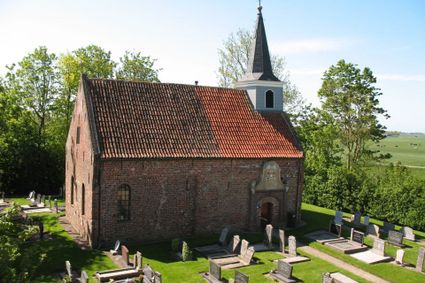 Bornwird
Bornwird -
Dykswâlen
Dykswâlen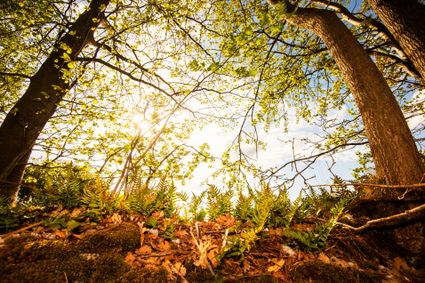 Eastermar
Eastermar -
Mariakerk Foudgum
Mariakerk Foudgum Foudgum
Foudgum -
Hafhoefke
Hafhoefke Oudwoude
Oudwoude -
Accommodatie Claercamp
Accommodatie Claercamp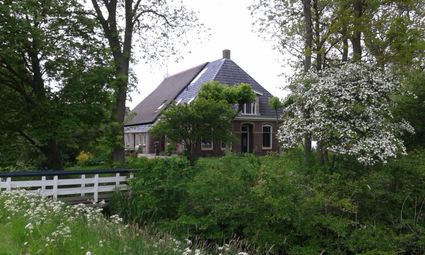 Rinsumageast
Rinsumageast -
Hotel It Posthûs
Hotel It Posthûs Burdaard
Burdaard -
Lunchroom 't Luifeltje
Lunchroom 't Luifeltje Burgum
Burgum -
Nijeholtpade - Gerrit's Hutte - Vogelkijkhut
Nijeholtpade - Gerrit's Hutte - Vogelkijkhut Nijeholtpade
Nijeholtpade -
Vakantiewoning Oer it Fjild
Vakantiewoning Oer it Fjild Holwert
Holwert -
De Dikke Draai
De Dikke Draai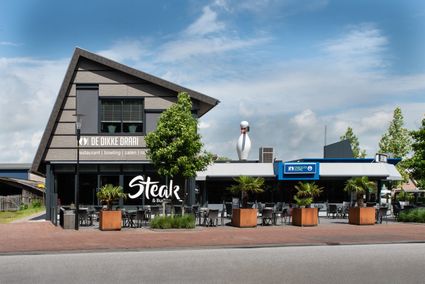 Surhuisterveen
Surhuisterveen -
Goddeloze brug
Goddeloze brug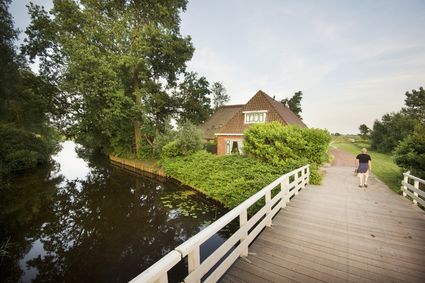 Broeksterwâld
Broeksterwâld -
Electrabel centrale
Electrabel centrale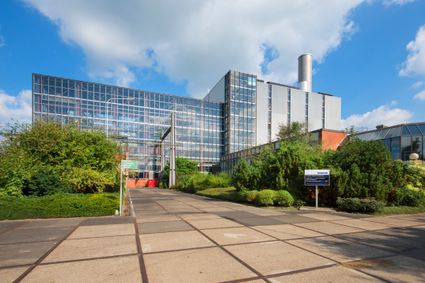 Burgum
Burgum -
Wok Restaurant Lotusplaza
Wok Restaurant Lotusplaza Feanwâlden
Feanwâlden -
B&B The Wee White Hoose
B&B The Wee White Hoose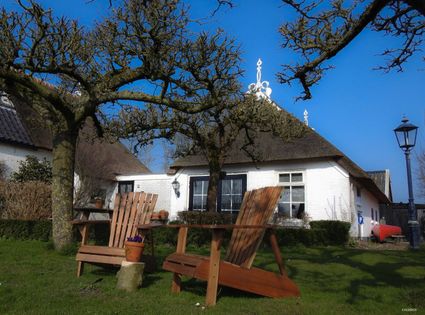 Oosternijkerk
Oosternijkerk -
Workum (Warkum)
Workum (Warkum)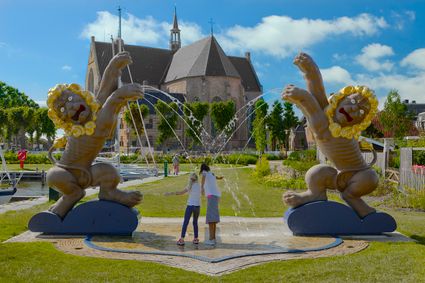 Workum
Workum -
Heidegebied Sumar
Heidegebied Sumar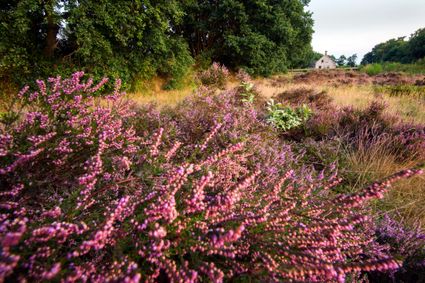 Sumar
Sumar -
Molen 'De Zwaluw'
Molen 'De Zwaluw'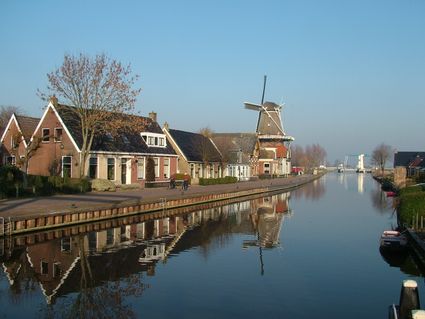 Burdaard
Burdaard -
Wadloopcentrum Fryslân
Wadloopcentrum Fryslân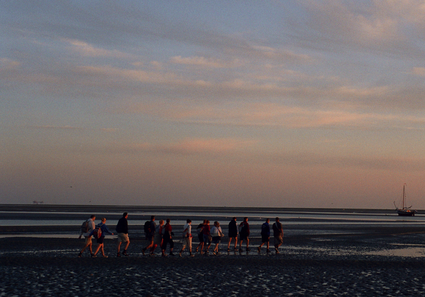 Rinsumageest
Rinsumageest -
Skûtsjemuseum Earnewâld
Skûtsjemuseum Earnewâld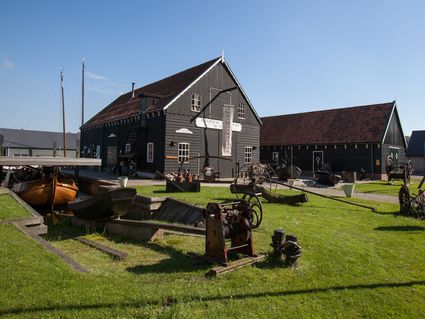 Earnewâld
Earnewâld -
Vakantiepark It Wiid
Vakantiepark It Wiid Eernewoude
Eernewoude -
Oostmahorn Beach and Play Area
Oostmahorn Beach and Play Area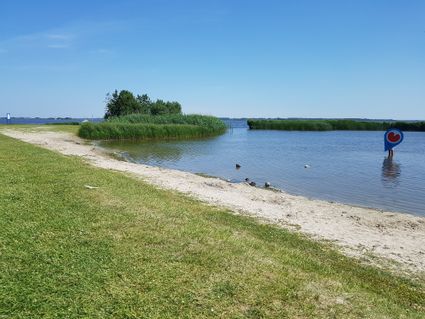 Anjum
Anjum -
Gedicht: Timen | Gerard de Jong
 Hijum
Hijum -
Logementen Dokkum
Logementen Dokkum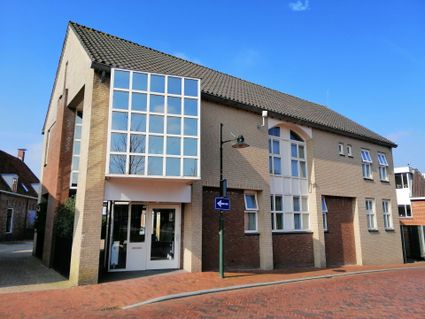 Dokkum
Dokkum -
it Dreamlân family house
it Dreamlân family house Kollumerpomp
Kollumerpomp -
The liberation of Leeuwarden
The liberation of Leeuwarden
On 11 April 1945, it became clear that German resistance in the north of the Netherlands was limited. On 12 April, the Allies seized this opportunity to advance on Friesland as quickly as possible. One of the main goals was to liberate Leeuwarden. The 9th Canadian Infantry Brigade was designated for this purpose. But things would turn out differently.
On 12 April, the Royal Canadian Dragoons entered Friesland at Noordwolde. They were to conduct reconnaissance with their armoured vehicles and reach the Wadden Sea as quickly as possible. As a result, the German troops in Friesland and Groningen would be separated.
On the night of 14 to 15 April, three Squadrons of the Dragoons were at Suameer. Burgum could not be reached earlier that day, because the bridge at Burgummerdam had been blown up by the Germans.
Meanwhile, all sorts of things were happening in nearby Leeuwarden. On 12 April, the airfield had been blown up by the Germans. And they left the city on 14 April. Leeuwarden would not be defended. The Burgerweeshuis (Civil Orphanage) that had housed several German agencies was set on fire. An attempt to blow up the telephone exchange failed due to an ingenious intervention by the resistance. In the early morning of 15 April, the resistance also took to the streets en masse to occupy important points and to capture Germans who had remained behind.
The Dragoons in Suameer were in contact with the resistance in Leeuwarden. Due to various reports, it was unclear whether there was now heavy fighting in Leeuwarden or whether the Germans had left the city completely. Because the Germans had blown up important bridges on the route from Heerenveen to Leeuwarden, the infantry could not quickly provide assistance.
So, the Dragoons went to take a look for themselves. Initially, a patrol of four vehicles was sent via the Groningerstraatweg into the city around half past eleven. One of the Canadians in those vehicles recorded the following:
"As we entered the city, passing through the concrete barrier by the narrow passageway left for normal traffic, we were met by an almost hysterical patrol of Resistance men [...] In a few moments the news of our arrival had spread through the city, and we were given a fantastic welcome as we rolled slowly forward into the centre of town."A resident of Leeuwarden recalled:
"We lived close to the Groningerstraatweg, where our liberators passed. Many hundreds of us stood there, all happy spectators. All of a sudden, two ladies from the row flung themselves forward and threw their arms around the Canadians' necks, saying: "Oh darlings, you’re here at last!"After the patrol determined that the coast was clear, the entire C Squadron, a detachment of the Royal Canadian Engineers and Regimental Headquarters of Lieutenant-Colonel Landell followed. Leeuwarden had been liberated. After this, thousands took to the streets. One of the Canadians wrote:
"We halted, and were immediately surrounded by laughing, yelling mobs of people, bringing flowers to give to us, and cheering every move. The Resistance men were everywhere, doing their best to keep the people within bounds and off the cars, but their efforts were hardly necessary. I never saw a more satisfying gathering in my life."Leeuwarden had been liberated by the Dragoons through unexpected circumstances. On the night of 15 to 16 April, Canadian infantry moved into the city.
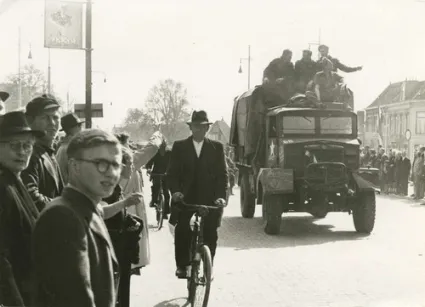 Leeuwarden
Leeuwarden -
Dobben Hurdegarypsterwarren Nature Reserve
Dobben Hurdegarypsterwarren Nature Reserve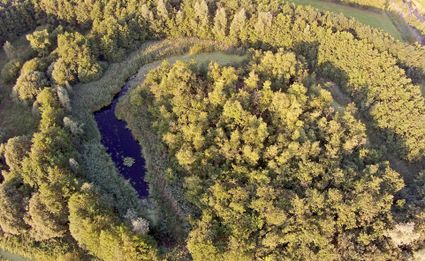 Burgum
Burgum

